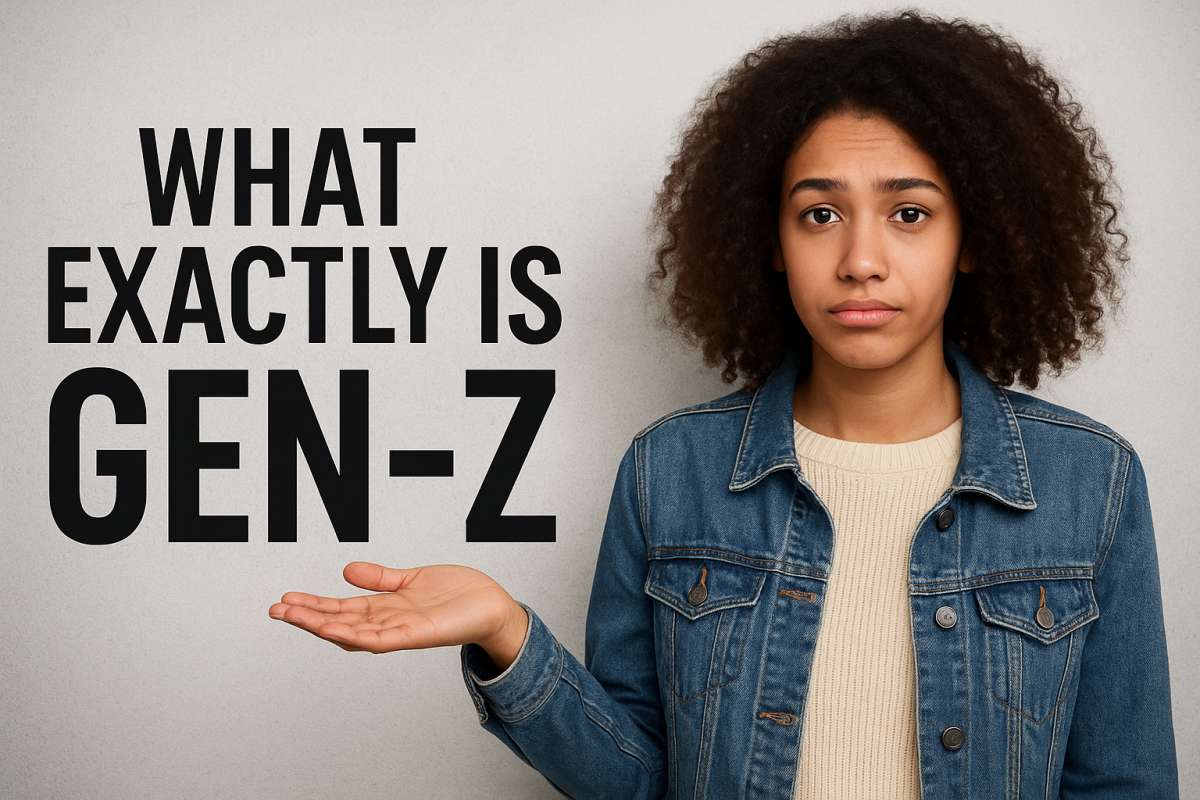Which States Are 3 Hours Ahead of California? Answered

If you’re in California and wondering which states are exactly three hours ahead, the answer is those in the Eastern Time Zone (ET). This includes major states such as New York, Florida, Georgia, Ohio, Pennsylvania, and Michigan. So, when it’s 9:00 AM in California (Pacific Time), it’s already 12:00 PM noon in these states.
Understanding time differences is especially useful if you’re planning meetings, traveling, or staying connected with friends and family across the U.S. Let’s break it down in detail.
Understanding California’s Time Zone
California is in the Pacific Time Zone (PT). This means:
- Standard time is UTC -8.
- Daylight Saving Time (DST) shifts it to UTC -7 (from March to November).
The Pacific Time Zone covers the U.S. West Coast, including states like Washington, Oregon, and Nevada, along with California.
So, to know which states are three hours ahead, you need to look at the Eastern Time Zone, which operates at UTC -5 (standard) or UTC -4 (during DST).
States That Are 3 Hours Ahead of California
The following states use Eastern Time (ET) and are exactly three hours ahead of California:
- New York
- New Jersey
- Florida
- Georgia
- Ohio
- Pennsylvania
- Michigan
- Virginia
- North Carolina
- South Carolina
- Maryland
- Delaware
- West Virginia
- Massachusetts
- Connecticut
- Rhode Island
- Vermont
- New Hampshire
- Maine
- Indiana (most parts)
- Kentucky (eastern part)
- Tennessee (eastern part)
These states are always 3 hours ahead of California, whether in Standard Time or Daylight Saving Time, since both time zones shift together.
Time Conversion Examples
To better visualize, here’s a quick time conversion chart between California (PT) and Eastern states (ET):
| California (PT) | Eastern States (ET) |
|---|---|
| 6:00 AM | 9:00 AM |
| 9:00 AM | 12:00 PM (Noon) |
| 12:00 PM | 3:00 PM |
| 3:00 PM | 6:00 PM |
| 6:00 PM | 9:00 PM |
| 9:00 PM | 12:00 AM (Midnight) |
This makes it easier for scheduling phone calls, online meetings, or planning travel.
Why Is the Time Different?
The U.S. is divided into six primary time zones:
- Pacific Time (PT)
- Mountain Time (MT)
- Central Time (CT)
- Eastern Time (ET)
- Alaska Time
- Hawaii-Aleutian Time
Because of this division, when Californians wake up in the morning, people in New York or Florida are already halfway through their workday.
Practical Uses of Knowing Time Differences
1. Business and Remote Work
If you’re working remotely with clients or colleagues on the East Coast, knowing that they’re three hours ahead helps you set meeting times more effectively. For example, a 9 AM meeting in New York means 6 AM in California.
2. Travel and Flight Planning
When booking flights, the arrival and departure times are shown in local time zones. If you’re flying from Los Angeles to Miami, don’t forget to factor in the three-hour difference.
3. Communication with Friends and Family
If you’re calling relatives in Florida from California, avoid dialing late at night — it may already be past midnight for them.
4. Watching TV or Sports
National events, like the Super Bowl or award shows, are often scheduled according to Eastern Time. That means Californians need to tune in three hours earlier to watch live.
What About Daylight Saving Time?
Both California (PT) and Eastern states (ET) observe Daylight Saving Time (DST) from March to November. Since both zones adjust clocks forward and backward on the same days, the three-hour difference remains consistent year-round.
However, it’s worth noting:
- States like Arizona (Mountain Time) don’t observe DST, so the time difference with California can change depending on the season.
- Hawaii also doesn’t observe DST and is usually 2–3 hours behind California.
Fun Facts About U.S. Time Zones
- The Eastern Time Zone is the most populous, covering about 47% of the U.S. population.
- Indiana used to have different counties in different time zones, but most of the state now follows Eastern Time.
- Television schedules often use ET/PT listings, meaning shows are timed for both coasts.
Quick Recap
- California = Pacific Time Zone (PT)
- 3 hours ahead of California = Eastern Time Zone (ET)
- States in ET include New York, Florida, Georgia, Ohio, Pennsylvania, Michigan, Virginia, and many more.
- The difference is always 3 hours, even during Daylight Saving Time.
So, whenever you ask, “Which states are 3 hours ahead of California?”, you can confidently answer: All states in the Eastern Time Zone.









